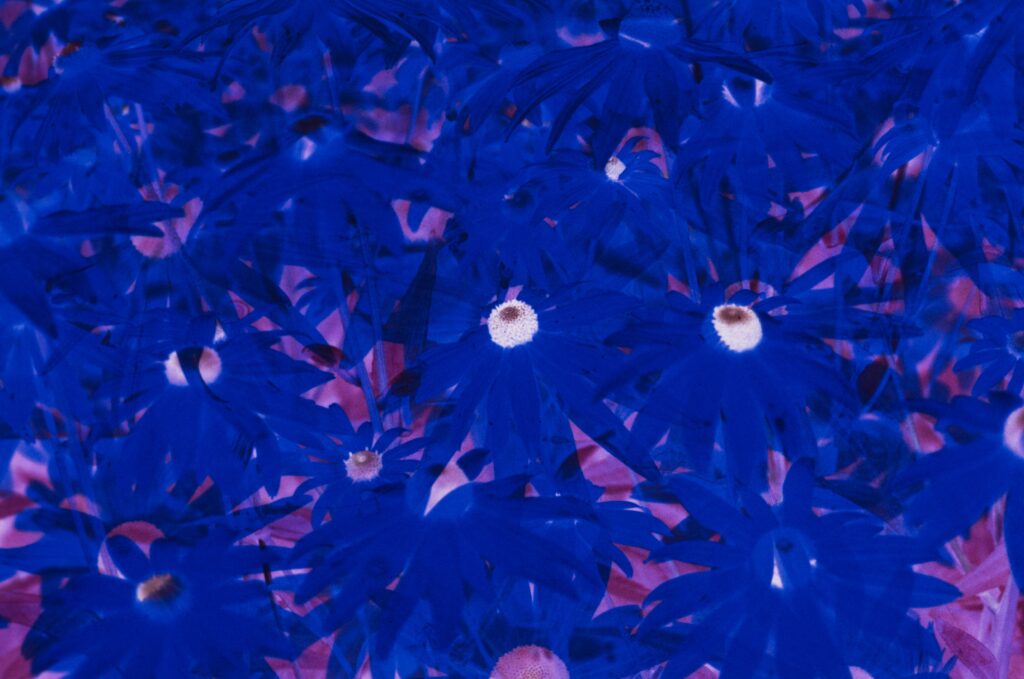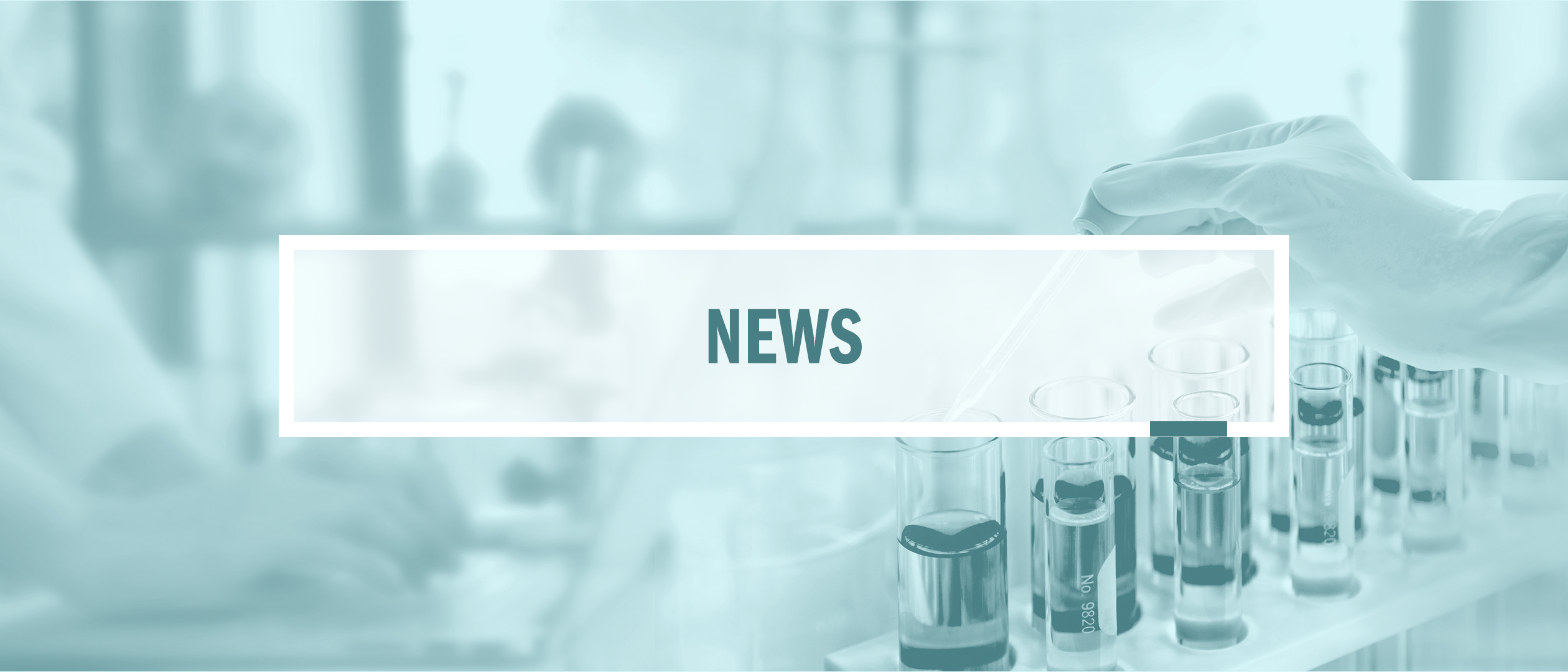News Team member Caroline Hansen reports that hospital closures across the United States threaten equitable healthcare access for rural populations and demand solutions.

By Dynasti deGouville
Psychedelics, or serotonergic hallucinogens, are powerful psychoactive substances that alter perception, mood, and a multitude of cognitive processes in the human brain. The name psychedelics for these substances was coined by Humphrey Osmond in 1957 as a means to emphasize their mind-manifesting capability, revealing useful or beneficial properties of the mind.[1]
Indeed, users of so-called ‘classic psychedelics’ such as psilocybin, LSD, and mescaline often report their trip as a mystical and highly spiritual journey. In a study done at the Johns Hopkins School of Medicine with 18 study participants, 61 percent said their psilocybin experience was “the single most spiritually significant [experience] of their lives,” while 83 percent rated it in their top five.[2] In recognition of the spiritual power psychedelics have, Native American tribes been using ayahuasca, psilocybin, and mescaline to partake on spiritual journeys predating written history.
Formal research on psychedelics has increased dramatically in recent years, expanding on the scant amount of publications due to increased federal regulation of drug use in the 1960s and 1970s. Use of these drugs by ‘hippies’, who demonstrated against the Vietnam War, created great friction between authorities and the American people at both federal and state levels, leading to the classification of almost every recreational drug as a Schedule I substance, the most dangerous and highly addictive class of substances that is said to have no legitimate medical purpose. This made obtaining psychedelics especially difficult for scientists who wanted to study its true mechanisms and effects.
In 2019, the city of Denver decriminalized magic mushrooms, the mushroom that contains psilocybin. This new relaxation in psychedelic use coincides with increased interested in scientific research. Scientists are exploring the possibilities of using psychedelics to improve symptoms of treatment-resistant major depressive disorder, anxiety, PTSD, and other psychiatric disorders.

Psilocybin, LSD, and Other Psychedelics
Psilocybin (4-phosphoryloxy-N,N-dimethyltryptamine) is a chemical compound found in certain species of dried or fresh mushrooms grown in Mexico, South America, and areas of the Southern and North Western regions of North America. Psilocybin is classified as indole-alkylamines (tryptamine), a type of 5-hydroxytryptamine (5-HT or serotonin) analog that mainly acts on serotonin receptors in the prefrontal cortex.[3] This psychoactive action on central nervous system serotonin receptors is what causes a “trip,” the driving force behind recreational use. The affected area of the brain, the prefrontal cortex, is responsible for mood, cognition, and perception.
Under the influence of psilocybin, users can report feelings of intense euphoria and sensory distortions such as auditory or visual hallucinations. They can also report feelings of overwhelming fear, anxiety, paranoia, panic, and disturbing hallucinations, also known as a “bad trip.” The journey as a whole tends to last anywhere from 2-7 hours.

LSD (lysergic acid diethylamide) is similar to psilocybin in that it is a serotonergic psychedelic and can cause intense feelings of euphoria and auditory or visual hallucinations. It is manufactured from lysergic acid which is found in the ergot fungus that grows on rye and other grains. LSD must be manufactured in a lab and does not occur naturally like psilocybin. LSD interacts with proteins on the surface of brain cells called serotonin receptors. Serotonin is a chemical messenger that helps brain cells communicate. LSD appears to act through a particular serotonin receptor called 5-HT2AR. Albert Hofmann, a researcher with the Swiss chemical company Sandoz, first developed lysergic acid diethylamide or LSD in 1938. Hofmann didn’t discover the drug’s hallucinogenic effects until 1943, when he accidentally ingested a small amount and perceived “extraordinary shapes with intense, kaleidoscopic play of colors.” The effects of an LSD ‘trip’ lasts anywhere from 8-12 hours.
Indigenous Use
In exploring vegetation available in ancient times, indigenous tribes discovered and began using plants that have psychedelic properties for spiritual or ritualistic purposes. The Huichol, Tarahumara, and numerous other peoples of Mexico and the American Southwest discovered that, sun-dried and eaten whole, the cactus referred to as peyote that contains psychoactive alkaloids produces spectacular psychoactive effects.
The Mazatec of Oaxaca discovered as many as ten species that were hallucinogenic amongst a mushroom flora that contained many deadly species. Also native to tribes in Oaxaca, the seeds of the morning glory (Rivea corymbosa) were crushed and prepared as a decoction known at one time as ololiuqui– the sacred preparation of the Aztec, and one that we now realize contained alkaloids closely related to LSD.
In Peru, the bitter mescaline-rich cactus Trichocereus pachanoi became the basis of the San Pedro curative cults of the northern Andes. Several tribes recognize the healing properties that psychedelic substances had on people who used them with guidance. These plants were ingested under the close supervision of another botanically and chemically knowledgeable guide who helped them through their journeys. Oftentimes, they emerge with a clearer mind.
With the knowledge that Indigenous communities have known for centuries, modern scientists have begun to wonder how, if administered in closely-monitored medical settings, would these substances treat clinical depression or other psychiatric conditions?
Antidepressant Research
While thorough research on the legitimacy of psychedelics is scarce, with the new progressions in drug policy, researchers are beginning to obtain permission by the Federal Drug Administration (FDA) to experiment with psychoactive substances in treating psychiatric disorders, mainly treatment-resistant depression.
Microdosing psychedelics is the repeated use of small doses of, for example, lysergic acid diethylamide (LSD) and psilocybin, typically for a few weeks. Microdosing does not have the same intense psychedelic effects as full dosing. Findings show that microdosing both LSD (10—20 mcg) and psilocybin (<1—3 mg) have subtle positive effects on cognitive processes (time perception, convergent and divergent thinking) and brain regions involved in affective processes. Despite the pleasant experience, there are some negative side effects, such as increased anxiety and a cycling pattern of depressive and euphoric mood were also found. With regard to safety, it was demonstrated that low doses are well tolerated in healthy volunteers and have zero-to-minimal effects on physiological measures.[5]
In a metaanalysis that included a review of seven different studies (including 130 participants) surrounding anxiety, depression, or a combination of the two found that, in a supportive setting, ayahuasca, psilocybin, and LSD consistently produced immediate and significant anti-depressant and anxiolytic effects that were endured for several months. The most common adverse effects were transient anxiety, short-lived headaches, nausea and mild increases in heart rate and blood pressure.[5] Additionally, Phase II clinical studies of effectiveness of psilocybin in obsessive compulsive disorder (OCD), depressive disorders, cancer anxiety, and alcohol and tobacco dependence have shown preliminary positive results, although more study is needed.[6]

In some studies, the impact of several sessions of full doses was explored. The participants are typically encouraged to taper off their antidepressants to ensure a safe transition into the treatment. They are then given intensive psychotherapy in which a guide or counselor makes them aware of anything they may see or anything that could potentially frighten them and lead to a “bad trip.” Participants are then given a dosage of the substance and allowed to lay down with, for example, blindfolds and music with the comfort of one or two guides to reassure them.
In one study, all participants were given the GRID-Hamilton Depression Rating Scale — a standard depression assessment tool — upon enrollment, and at one and four weeks following completion of their treatment. On the scale, a score of 24 or more indicates severe depression, 17—23 moderate depression, 8—16 mild depression and 7 or less no depression. At enrollment, participants had an average depression scale rating of 23, but one week and four weeks after treatment, they had an average depression scale score of 8. After treatment, most participants showed a substantial decrease in their symptoms, and almost half were in remission from depression at the follow-up.
Future Perspectives
Despite the mounting evidence confirming the efficacy and safety of psychedelic use for depression treatment, political, regulatory, and industry issues impose challenges to the legitimate use of psychedelics. The federal expanded access program and right-to-try laws in multiple states provide precedents for giving terminally ill patients access to medications that have not yet earned FDA approval.[7] Recently published journals and high-profile news articles have ignited a new interest in psychedelics, and it’s easy to understand why. They detail stories of severely depressed, traumatized, or anxious patients experiencing miraculous improvements days, weeks, and even months after treatment, even in the most severe cases. However, most studies on the effectiveness of psychedelics use sample sizes that are too small to be generalizable (for example, one study had only 24 participants), so much more work is needed in this field of research to yield respectable findings. Even then, the preliminary findings are promising, and with the progressive shifts in politics and regulations, scientists may finally be able to expand this area of research as they have wanted to for the past four decades.
References
[1]Nichols D. E. (2016). Psychedelics. Pharmacological reviews, 68(2), 264—355. https://doi.org/10.1124/pr.115.011478 [2]Griffiths, R. R., Johnson, M. W., Richards, W. A., Richards, B. D., McCann, U., & Jesse, R. (2011). Psilocybin occasioned mystical-type experiences: immediate and persisting dose-related effects. Psychopharmacology, 218(4), 649—665. https://doi.org/10.1007/s00213-011-2358-5 [3]Yu A. M. (2008). Indolealkylamines: biotransformations and potential drug-drug interactions. The AAPS journal, 10(2), 242—253. https://doi.org/10.1208/s12248-008-9028-5 [4]Kuypers, K. P. C. (2020). The therapeutic potential of microdosing psychedelics in depression. Therapeutic Advances in Psychopharmacology. https://doi.org/10.1177/2045125320950567 [5] Muttoni, S., Ardissino, M., John, C. (2019). Classical psychedelics for the treatment of depression and anxiety: A systematic review. Journal of Affective Disorders, 258, 11-24. https://doi.org/10.1016/j.jad.2019.07.076 [6] Patra, S. (2016). Return of the psychedelics: Psilocybin for the treatment resistant depression. Asian Journal of Psychiatry, 24, 51-52. https://doi.org/10.1016/j.ajp.2016.08.010 [7] Byock, I. (2018). Taking Psychedelics Seriously. Journal of Palliative Medicine, 21(4), 417-421. https://doi.org/10.1089/jpm.2017.0684